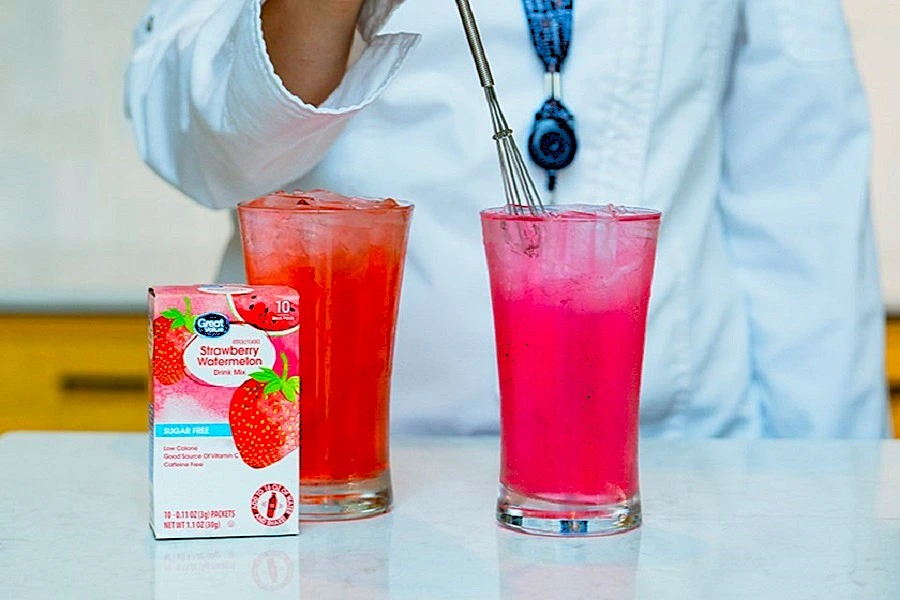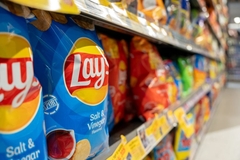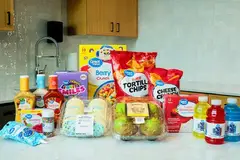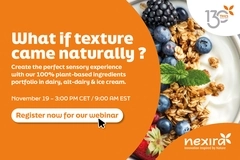Walmart scraps artificial dyes and additives in private brand shakeup
Key takeaways
- Walmart is removing 11 synthetic dyes and dozens of other additives from its private-brand foods in what it calls one of the largest reformulations in retail history.
- The decision responds to rising consumer demand for simpler ingredients and comes as US regulators push for reduced use of petroleum-derived food colors.
- Walmart’s reformulated products will start appearing on shelves in the coming months, with all changes expected to be completed by early 2027.
Walmart will no longer use 11 synthetic dyes and 30 ingredients, including certain preservatives, artificial sweeteners, and fat substitutes, in its private-brand food products.
The move is touted as “one of the largest” private brand reformulations in retail history, and responds to increasing consumer demands for “simpler and more familiar” ingredients, says the supermarket giant.
The announcement comes as US authorities have been making strong headway in phasing out petroleum-derived synthetic dyes in F&B applications. HHS Secretary Robert F. Kennedy, Jr., continues to urge the industry to cut artificial color use as part of his Make America Healthy Again program.
The decision includes all Walmart US food private brands, such as Great Value, Marketside, Freshness Guaranteed, and bettergoods, and aligns with evolving customer preferences while supporting a “more transparent food system.”
“Our customers have told us that they want products made with simpler, more familiar ingredients — and we’ve listened. By eliminating synthetic dyes and other ingredients, we’re reinforcing our promise to deliver affordable food that families can feel good about,” says John Furner, president and CEO of Walmart.
Reformulation processes are underway, and the updated products will be rolled out over the coming months. All changes are expected to be completed by January 2027.

Slashing synthetic ingredients
Walmart US is eliminating the following synthetic dyes from its private brand food products:
FD&C Blue 1, FD&C Blue 2, FD&C Green 3, FD&C Red 3, FD&C Red 4, FD&C Red 40, FD&C Yellow 5, FD&C Yellow 6, FD&C Citrus Red, FD&C Orange B, and Canthaxanthin.
 Walmart US’s decision to drop artifical dyes comes as consumers seek simpler and more familiar ingredients.Shifting away from blues and greens is an important subject of color substitution innovations. In May, the US FDA approved Galdieria extract blue, a blue color derived from the unicellular red algae Galdieria sulphuraria, to expand the palette of available natural colors for F&B manufacturers.
Walmart US’s decision to drop artifical dyes comes as consumers seek simpler and more familiar ingredients.Shifting away from blues and greens is an important subject of color substitution innovations. In May, the US FDA approved Galdieria extract blue, a blue color derived from the unicellular red algae Galdieria sulphuraria, to expand the palette of available natural colors for F&B manufacturers.
Other ingredients being removed from Walmart private-brand foods include titanium dioxide, azodicarbonamide, potassium bromate, sucrose polyester, toluene, potassium nitrite, and talc.
Out of these, titanium dioxide is one ingredient the F&B industry has been moving away from in recent years, especially in the EU, where substitute innovations support a surge in clean label products.
Clean label and transparency demands
A Walmart survey highlights that nearly 62% of customers say they want more transparency from F&B products, and 54% note they review food ingredients to know what’s in their food.
The retail giant claims this isn’t the first time it has removed ingredients customers don’t want. “Today, about 90% of Walmart US food private brand products are free from synthetic dyes,” it states.
Furner adds: “This commitment demonstrates how Walmart is responding to changing customer preferences, while also setting the standard for providing exceptional quality and innovation at an outstanding value.”
Last year, the retailer launched bettergoods, a chef-inspired private brand, which includes a line of plant-based and “made without” items, with 70% of the items under US$5. The range was curated by Walmart’s product development team in collaboration with global suppliers to source quality, trend-forward ingredients, and flavors.














